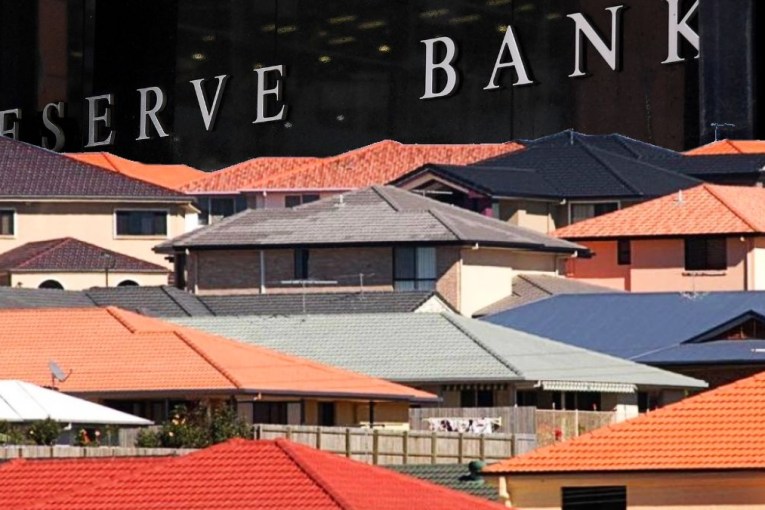Home buyers gain ground on investors

The data doesn't break out first-time buyers, but hopes are high that they are recovering. Photo: Getty
Rate rises and a series of crackdowns by Australian regulators appear to have eroded some of the buying power of property investors.
The proportion of new home loans going to owner occupiers has reached an eight-month high, accounting for 52 per cent of the mortgage market by monetary value, according to official figures published on Friday.
This recovery, which hopefully includes first-time buyers, followed a low of 50 per cent in January, well down on the recent highs of 56 per cent in 2015.
These seasonally adjusted figures are found in the Australian Bureau of Statistics’ latest housing finance numbers, by comparing the amount of money loaned to owner occupiers and investors in April, excluding refinancing.
JP Morgan economist Henry St John attributed the trend to tough new regulations.
“This report represents the first full month in which APRA’s tighter macro-prudential policy measures were in full effect, and early signs suggest mortgage lending is indeed beginning to slow,” he said in a statement.
“It is still early days to assess the efficacy of macro-prudential policy, but we note that the banks have continued to tighten lending rates in recent weeks. Moreover, there is evidence the Sydney and Melbourne property markets are cooling, which supports the view that these revamped macro-prudential measures are having the desired effect.”
While this may be good news for first home buyers in the short term, investors clearly still wield too much power in the market, as a comparison of April figures from previous years shows. First home buyers were securing as much as 70 and 80 per cent of new home loans in the 1990s. This has fallen steadily since.
The April figures also bore evidence of a cooling in the property market. Overall, the mortgage market fell -1.6 per cent to $32.5 billion between March and April, felt by both investors (-2.3 per cent) and owner occupiers (-1.1 per cent).
The slowdown has been widely attributed to a crackdown by Australia’s banking watchdog, APRA, which imposed in late March tough new restrictions on how the banks can lend to property investors.
APRA forced banks to limit “higher risk” interest-only loans to 30 per cent of new residential mortgages (down from 40 per cent) and to keep lending to investors “comfortably below” a growth rate of 10 per cent.
The booming property market is not just a concern to first home buyers locked out by rising prices. It is also thought to be a threat to economic growth, as skyrocketing household debt constrains consumer spending, thereby dampening growth.
Academics at the University of Sydney published research this week showing that households are no longer increasing their debt to increase consumption in response to rising house prices (the so-called ‘wealth effect’), suggesting that Australians are nearing ‘peak debt’.
The Australian economy grew at its slowest pace since 2009 in the first quarter of this year, according to ABS data released on Wednesday, which many economists blamed on a slowdown in consumer spending.








